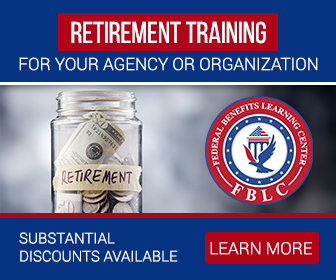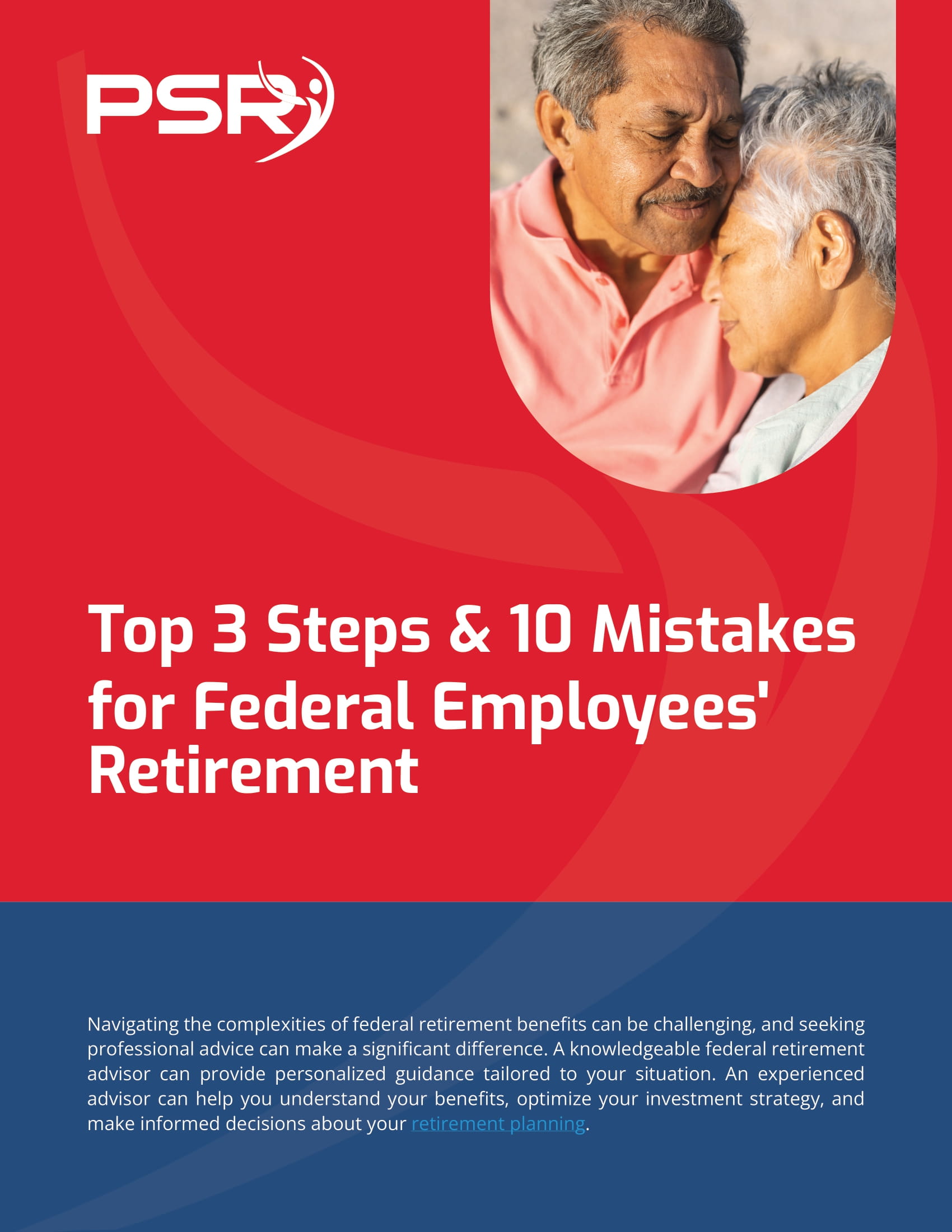Key Takeaways
-
Retirement planning for public workers in 2025 faces new complexities due to changes in benefits structures, inflation, and legislative shifts.
-
It is critical to reassess your retirement timeline, income strategies, and healthcare planning to adapt to the latest developments.
Why 2025 Is a Turning Point for Public Sector Retirement
Retirement planning has always required attention to detail, but 2025 marks a particularly challenging year for government employees. Several factors—from updated retirement benefits to higher healthcare costs—mean you cannot rely on strategies that may have worked just a few years ago. You now face a landscape where careful adjustment and proactive decision-making are essential.
Rising Costs Are Reshaping Expectations
- Also Read: Choosing the Wrong Survivor Benefits Could Wreck Your Spouse’s Financial Future
- Also Read: CSRS Pensions Are Still Paying Out Big—But Not Without a Few New Twists in 2025
- Also Read: The Big Changes Coming to Government Employee Benefits—and What They Could Mean for You
-
Healthcare premiums have risen significantly, especially for retiree coverage.
-
Everyday expenses such as housing, transportation, and groceries continue to rise.
-
Out-of-pocket medical costs under Medicare and other retiree health programs have new limits but higher baseline costs.
Without a solid plan to account for ongoing cost increases, your purchasing power could erode faster than anticipated.
Retirement Age Realities Are Changing
Many public workers set retirement goals based on reaching minimum eligibility ages. However, 2025 developments suggest you should reevaluate these assumptions:
-
Full Retirement Age (FRA) for Social Security now sits at 67 for those born in 1963.
-
The “MRA +10” early retirement option under FERS still allows you to retire early, but reductions for early withdrawals could be more painful given rising living costs.
-
Special category employees (such as law enforcement or firefighters) may still retire earlier, but increasing healthcare expenses and inflation might encourage longer service.
Carefully calculating the long-term impact of retiring at your earliest eligibility point is more important than ever.
Federal and State Benefit Changes You Need to Know
Several updates have taken effect in 2025 that reshape public sector benefits:
-
Medicare Part B premiums rose to $185 per month, and deductibles increased to $257.
-
FEHB premiums for many plans rose by double digits, though government contributions remain around 70%.
-
TSP contribution limits increased to $23,500, allowing you to save more for retirement.
-
Some states have adjusted pension formulas and contribution requirements, affecting your final benefit if you are still in service.
You cannot afford to assume your benefits will mirror those of colleagues who retired just a few years ago. New hires and near-retirees face different sets of rules and risks.
Inflation’s Lingering Impact on Long-Term Savings
Even a modest 3% annual inflation rate cuts your purchasing power almost in half over 25 years. In 2025, with uncertainty around interest rates and market returns, public workers must rethink how they invest and withdraw retirement funds:
-
Conservative portfolios could lag behind inflation.
-
Relying solely on pensions without diversified savings can increase risk.
-
Periodic reevaluation of your TSP allocation, including exposure to growth funds, is necessary to maintain pace with expenses.
Ignoring inflation could leave you living on far less than you planned during your retirement years.
Healthcare Planning Requires New Precision
Public workers have traditionally relied on FEHB or state retiree health programs to manage medical costs. However, in 2025, simply staying enrolled is not enough. You must evaluate:
-
Whether to combine FEHB coverage with Medicare Parts A and B.
-
If your plan offers Part B premium reimbursement or reduced deductibles.
-
The differences in coinsurance and copayments, which have widened among available plan options.
Healthcare will likely become your second-largest retirement expense after housing. Detailed comparison of your options during Open Season is vital every year.
Retirement Income Streams Must Be Coordinated Carefully
Public sector retirees often juggle multiple income sources: pensions, TSP withdrawals, and Social Security. In 2025, smart sequencing of withdrawals could reduce taxes and extend your savings:
-
Delaying Social Security benefits past age 67 could still yield higher monthly benefits.
-
Using TSP funds strategically between retirement and Social Security claiming can minimize required minimum distributions (RMDs) later.
-
Understanding the new RMD age rules is essential—you must start RMDs at age 73 if you turned 72 after January 1, 2023.
Coordination of all your income streams can prevent unanticipated tax bills and financial shortfalls.
The Role of Taxes Cannot Be Ignored
State and federal taxes on pensions, Social Security, and investment income vary widely. In 2025, several states have adjusted their tax rules regarding retiree income:
-
Some states now offer partial exemptions on public pensions.
-
Others have eliminated certain deductions, increasing overall tax burdens.
You must review how your post-retirement location will affect your net income. A “tax-friendly” state may not always be the cheapest when factoring in healthcare and housing costs.
Spousal and Survivor Benefits Deserve a Fresh Look
Many retirement decisions hinge on assumptions about spousal needs, but 2025 shifts in benefits require fresh analysis:
-
Survivor benefits under pensions often reduce your own monthly amount but provide critical income protection.
-
Social Security survivor benefits follow different timelines and eligibility rules.
-
Coordination between your pension elections and your spouse’s benefits must be recalculated under current cost structures.
Ensuring your loved ones are protected requires a full understanding of available survivor options and how much they will actually provide.
Legislative Proposals Could Further Complicate Planning
Although no sweeping legislation has passed so far in 2025, multiple proposals are in circulation that could affect public workers, such as:
-
Proposals to limit government contributions to healthcare coverage.
-
Suggestions to alter how cost-of-living adjustments are calculated.
-
Changes to the treatment of TSP distributions.
Staying informed and remaining flexible are the best ways to guard against last-minute disruptions to your plans.
Practical Steps to Strengthen Your Retirement Strategy Now
You can no longer afford to “set it and forget it” when it comes to retirement planning. Key steps to consider in 2025 include:
-
Review your pension estimate using updated calculators that reflect 2025 benefit structures.
-
Max out TSP contributions while working to increase retirement savings.
-
Estimate healthcare costs realistically, including premiums, deductibles, and potential long-term care needs.
-
Reassess Social Security claiming strategies based on updated income needs and health projections.
-
Consult a licensed agent listed on this website to review your healthcare and retirement income options tailored to your situation.
Actively managing your retirement plan in today’s environment offers the best path toward long-term financial security.
Securing Your Financial Future in a Complex 2025 Landscape
Public workers now face a retirement planning environment that demands more attention than it did even a few years ago. Rising costs, shifting benefits, and evolving legislation all play a role. By reassessing your timelines, fine-tuning your healthcare strategy, and coordinating your income streams carefully, you can build a retirement that withstands today’s challenges.
If you want personalized assistance crafting a plan for your retirement journey, get in touch with a licensed professional listed on this website for expert advice tailored to your unique needs.







